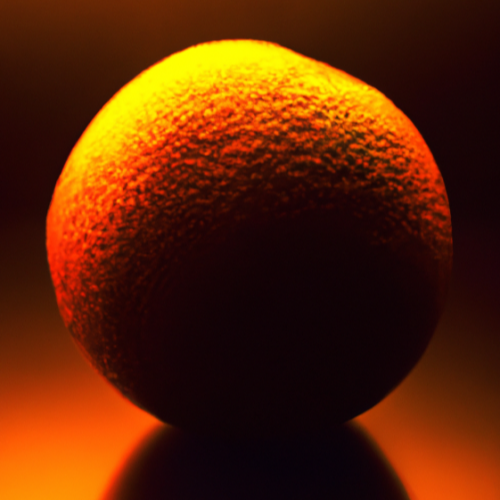

It works great with usenet, detects albums you have and looks for those you don’t, with a decent UI for managing.


It works great with usenet, detects albums you have and looks for those you don’t, with a decent UI for managing.


Doesn’t Lidarr do a similar thing? Not sure if it operates the same if you don’t have the arr part of it going.


Sad to see the news about tteck. His scripts really helped me get off the ground on my own self hosting journey.

I agree with dance_ninja. Add some colour using art or plants. Paint or a bit of tile would be other options with a bit more effort.
I’ve got much the same scheme, maple cabinetry, white quartz countertops, black fixtures, but we added a pale teal backsplash tile for some nice colour to balance things out.


It’s also fairly little for the size of jar.


This is quite important with Immich. They’re good at documenting their breaking changes, just gotta make sure you check the changelog before updating. Also best to avoid auto updating with Watchtower or similar to avoid surprises.


Passive House has a minimum ventilation rate of 0.3 ACH, but minimum code requirements can also come into play. Ventilation for health and hygiene is very much a consideration of the standard.


I feel it’s been that way here in Saskatchewan for a long time.


Depends on the currency.
It’s for humidification of the nose and increases the range of smells one is able to smell. What in particular is a bad design about that?


“For some reason”? Greed. That is the exact reason.


It really made the most sense for me. Essentially long term rent a car and when the term is up, either technology has progressed to where the features of a new model are vastly superior, so give it back to the dealership, or there is still limited supply (I’m in a small EV market in Canada) and tech is more or less the same, then I buy it out.
Seemed like a fairly significant reduction of risk in getting an EV and a win win either way.


Assassin’s Creed also came to mind for me as one of the first time I encountered this. Eagle Vision I believe it was called.
I’d say that was different from target indicators, though. I feel those were more because distant targets weren’t really visible because of the low resolution at the time, whereas Eagle Vision was more highlighting particular items of interest in the environment that were still otherwise visible.


I’m not sure if they’re available with UK plugs, but I’ve got a pack of Thirdreality Zigbee plugs that monitor energy use and have a button on them to toggle power.
I’ve got them connected to Home Assistant. Two do a bit of climate control in a coldroom, the others are for occupancy lighting.


I would like to see a minority of the house representation of elected people from individual regions with term limits, with a majority of the house being regular people randomly selected to serve for a defined amount of time.


It’s easy, collect premiums and reject any claims as being “acts of God”.
You could check at the Canada Post office if you can charge their provided boxes to that account number.
Unfortunately Rogers is now the largest professional sports holding company in the world now too, with buying out Bell’s stake in MLSE. Nothing like promoting competition by allowing megacorps to keep acquiring.
Oh yes, I’m not saying don’t season your water. Just that seasoning the water on its own is not a way to prevent pasta sticking.
As a rural physician spouse, your family thanks you.
It is not one bit your fault. Incompetent government and educational institutions could see this coming for decades, but chose, and continue to choose to do nothing.
Boomers retiring and population growth are pretty obvious needs for more healthcare resources, not to mention not doing anything to help homelessness and addictions. Combined with that, med school faculty, at least in my home province, actively dissuade students from entering family medicine, and the university hasn’t increased its intake volume in years.
Everyone in rural medicine feels this pressure. The responsible thing is to keep the balance that keeps you healthy, for a physician who is there working the hours a typical worker might work is still providing far better service than if they weren’t there at all.